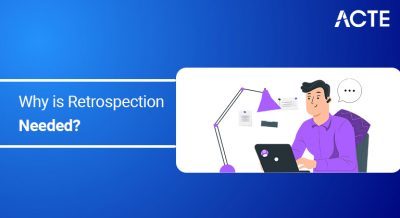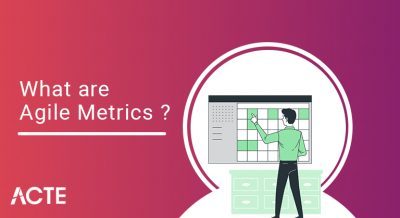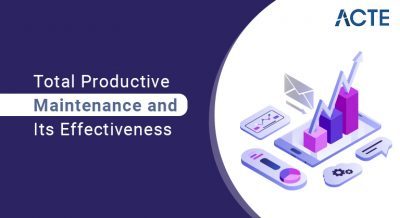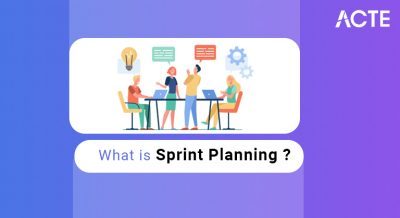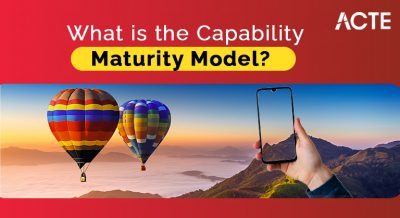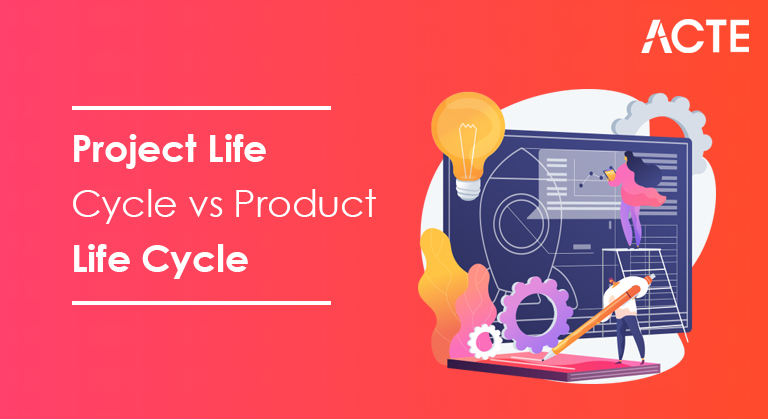
A project life cycle measures the work that goes into a project from beginning to end. The phases in product life cycle are initiation, planning, execution, and closure. During planning, the team researches solutions to reach the project goals and creates a plan and timeline to complete the project.
- Introduction to Project Life Cycle vs Product Life Cycle
- The Differences Between the Project and Product Life Cycle
- Features of project Life Cycle
- Strategies and Limitations for Lifecycle
- Project & Product Life Cycle Phases
- Project & Product Life Cycle Example
- Analysis & Strategies
- Product Life Cycle Management
- Advantages Of Product and project Life Cycle
- Conclusion
Introduction to Project Life Cycle vs Product Life Cycle:
The product life cycle represents the quantity of revenue a product generates over time, from its inception to the purpose where it’s discontinued. Within the development stage, the merchandise isn’t yet being sold, so there’s no revenue. During the introduction, sales are small as people begin to undertake the merchandise. There is no predetermined period for each step; the entire cycle may span only a few months, while a product, such as a refrigerator, may remain in the maturity phase for many years.
A project life cycle measures the work that goes into a project from start to end. The phases in the product life cycle are initiation, planning, execution, and closure. During planning, the team researches solutions to succeed in the project goals and creates an idea and timeline to finish the project. Execution involves following each tread on the project plan and adjusting as necessary along the way. Finally, within the closure phase, the project’s final details are bound up and deliverable items like final reports are given to the acceptable parties.
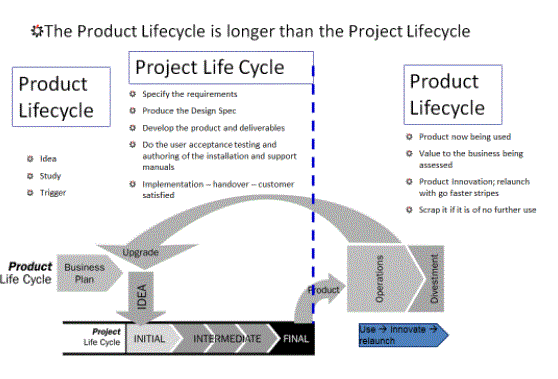
- A product life cycle may include one or more projects.
- The life cycle of a product is longer than the life cycle of a project.
- The project life cycle has a clear end point, but the product life cycle may not.
- The merchandise life cycle map is notional and subject to market situations, whereas projects have predictive and well-defined roadmaps.
- The product life cycle phases don’t overlap while the project phases may overlap.
- Phases generally occur on just one occasion within the product life cycle while within the project life cycle phases may repeat.
The Differences Between the Project and Product Life Cycle:
The following are a couple of differences between the project life cycle and therefore the product life cycle:
- Risks are high at the start of a project and begin to decrease because it moves forward.
- Employment is lowest at the start, highest during the execution, and reduce towards completion.
- Most of the resources and funds are used during the execution.
- Stakeholder interest is higher at the start and gets decreases because the project progresses.
Features of project Life Cycle:
Below are a couple of characteristics of a project life cycle:
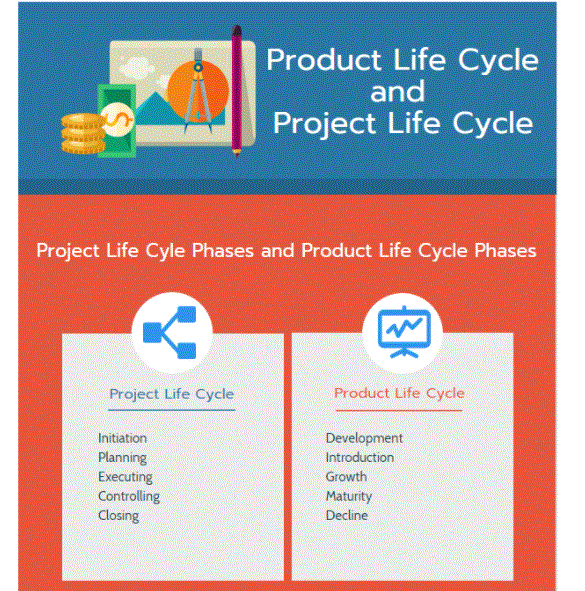
Strategies and Limitations for Lifecycle:
Remember that the merchandise life cycle concept has limitations. Not every product follows a smooth, predictable bell curve from introduction to say no. A product may appear to be within the decline phase and luxuriate in a return to the maturity phase thanks to a competitor exiting the market or a successful project rejuvenation strategy.
With regards to project life cycle management, things tend to be far more clearly defined, but be careful for “scope creep.” this is often the tendency for projects to repeatedly grow in width to the purpose where they never actually get completed. it’s vital to distinguish the stages of a product life cycle so all involved understand when it is time to maneuver from one step to subsequent.
- Initiation
- Planning
- Executing
- Controlling
- Closing
- Development
- Introduction
- Growth
- Maturity
- Decline
Project & Product Life Cycle Phases:
The Project Life Cycle generally consists of five stages:
These phases will vary counting on the industry, organization, or the sort of project that’s being executed. Monitoring and controlling may be a part of every process at different phases. All the phases have different characteristics. Projects of an equivalent organization may implement equivalent phases consistent with the organizational needs.
Product Life Cycle Phases
Below are the phases of the merchandise life cycle:
The development phase starts when the corporate generates the thought to make the merchandise. This phase also includes the creation of the merchandise. Once the merchandise is made the introduction phase comes into play during which the merchandise is introduced to the market. During the expansion phase, potential customers become conscious of the merchandise. Therefore sales and revenues begin to extend and profits begin to accrue.
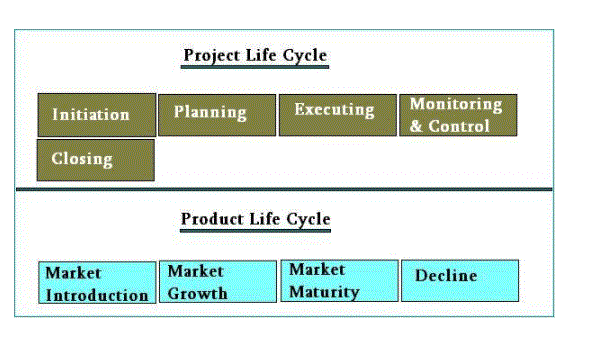
Project & Product Life Cycle Example:
Product Life Cycle Example
Assume that your company generated a thought to make a bit of software and sell it within the market. Then, you completed the coding phase and created the merchandise. First, you introduced this product to the market and began selling. then sales and profits increased. counting on the market demand and competition, your growth became negative and profits declined.
Project Life Cycle Example
Assume that you simply have a project to make new software. First, you’ll create the project charter and identify the key project stakeholders. Then you’ll develop the project management plan and make the project schedule. then, the coding phase will start during which you write the codes of the software. Finally, you fork over the software to the client, and therefore the project is going to be closed. this is often an easy example of the life cycle of a project.
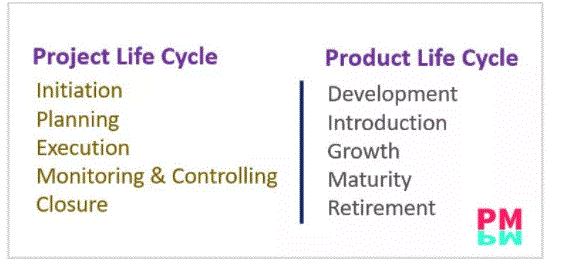
Analysis & Strategies:
PLC Analysis
Companies often perform PLC Analysis (product life cycle analysis) to know if their products are favored within the market, and when it’s needed to require the required actions. They examine a variety of parameters like competitor analysis, sales performance, and expenses to decide on the way to develop their products considering requirements. PLC Analysis provides a general insight to companies regarding where their products are and the way to extend sales.
PLC Strategies
Before discussing project life cycle vs product life cycle intimately, let’s take a glance at PLC Strategies. Companies develop various strategies like price skimming or price penetration to extend awareness and sales on time. If they don’t evaluate the performance of their products correctly during the introduction stage, they’re going to face many problems. PLC Analysis helps companies to develop strategies to grow.
Product Life Cycle Management:
Management has got to consider various business areas or fields to form the merchandise a hit. Following are the specialized management fields that require to be taken care of right from the launch of the merchandise to its decline within the market:
Manufacturing: the value of production of products and services matter and vary to an excellent extent during a product’s life cycle. This cost is very high at the event stage whereas it gradually decreases at the expansion and maturity stages.
Marketing: The strategy for marketing the merchandise varies at each stage. When the introduction stage requires excessive marketing and promotion, unlike the expansion stage where the merchandise requires less publicity and is popular among customers, this strategy changes entirely at the decline stage.
Financing: The initial capital requirement at the introduction stage of a product is sort of high. Whereas, at the expansion and maturity stage, the merchandise self finances itself through sales and profit earned by it.
Development: At the event stage of a product, the management must specialize in research and analysis. It invests maximum time, energy, and effort in the development of a replacement product.
Information: the gathering and analysis of potential data, including market trends, effective means of promotion, prospective growth, etc. are necessary for the management.
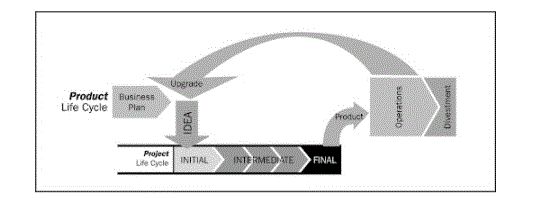
Advantages Of Product and project Life Cycle:
It provides a structure for project delivery.
The project lifecycle provides an organised method to project delivery. This allows everyone working on the project to see and monitor how the project is developing, as well as whether there are any issues with specific deliverables. It also precisely defines the actions and deliverables for each phase, as well as the allocated tasks. This gives a consistent road plan for teams to follow.
It improves communication between team members.
Aids communication and helps define roles within the project organization because it provides a framework for the project that’s visible and understood by all members of the project. Also, roles and responsibilities are often assigned consistent with the project phase. This makes it easy for people to know what they ought to be doing in each phase. It also helps the business to plan levels of resource requirements to avoid wasted resources but ensure that resource is out there as needed. The Implementation phase would require the foremost resource.
It enables reach to be tracked across the organization.
The project lifecycle will allow the project manager to link progress on to each phase and recognize the completion of every phase, i.e. the Concept Stage encompasses everything up to the assembly of the business case. The Definition phase includes the assembly of the project management plan and every one subsidiary plan, like the danger management plan and therefore, the quality plan and the Implementation phase cover the development of the varied components that comprise the top product – this phase is weakened into Design and Build stages.
It Allows for the project’s natural change.
The phases of the project lifecycle give an overview of the project’s progress, allowing you to identify areas that require more attention at specific eras, such as risk management in the early stages and more Project Evaluation Reviews at the Implementation stage. The project information is expanded in greater detail with each stage. The financial estimations are improved, but as a result, the plans are improved in more details.
It allows for organised reviews that aid in governance.
The planning process will specify when the Performance Review Review and, as a result, the Gate Reviews can take place, allowing the project manager to schedule the completion of reports in preparation for the reviews. It will also had many employees to post their attendance, allowing for rapid choices on a ‘go or no go’ for project development. These periodical assessments also provide stakeholders more confidence by validating early successes and ensuring that the project is still feasible and on track – alternatively, these are often exit routes if the project is no longer possible.
Product Life Cycle:
A product life cycle is extensively employed by organizations to know and estimate the performance of a product within the market. the corporate can benefit within the followings ways from a product life cycle:
Easy Sales Forecasting: the merchandise life cycle is an estimation of the sales which the merchandise is going to be ready to make in its lifetime.
Competitive Advantage: Analyzing the lifetime of a product With in the market and framing the strategies, Which helps the corporate to face Competitive.
Defined Strategies: If the corporate is conscious of the product’s future performance, the corporate can determine and plan the strategies at the end of the day.
Decision Making: to form crucial decisions associated with the merchandise like development or improvement, product life cycle analysis is important.
Marketing Target and Positioning: The product life cycle provides for targeting the proper audience and establishing the brand image of the merchandise.
- The project life cycle may be a part of the merchandise life cycle. The project life cycle is typically a subset of the merchandise life cycle. the merchandise life cycle starts from the inception of the thought and ends when the merchandise is retired.
- The organization’s business model depends on the merchandise cycle. A product life cycle includes the whole lifetime of the merchandise including updates and upgrades, however, products are upgraded with the assistance of a project.
- Every project or product has certain phases of development from the start to the top. Different industries, organizations, and project types involve different project life cycles. On the opposite hand, the merchandise Life Cycle focuses on the merchandise and doesn’t change supported the merchandise type. Although they ask different concepts, they’re associated with one another.
- Because of a variety of things like increased competition, decreased demand, or customer dissatisfaction, finally, all products become outdated. Companies often perform PLC Analysis to research the progress of a product through its life cycle.
Conclusion:

